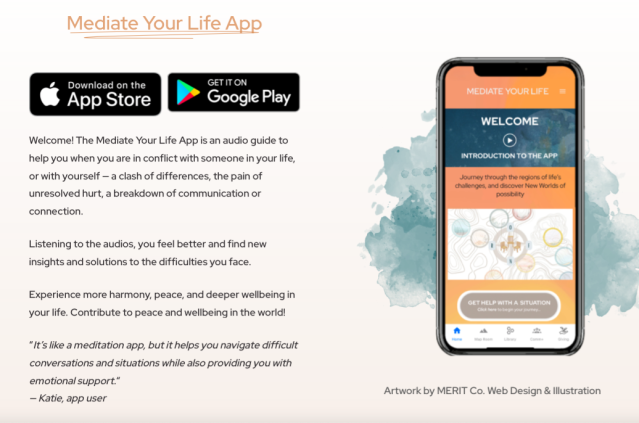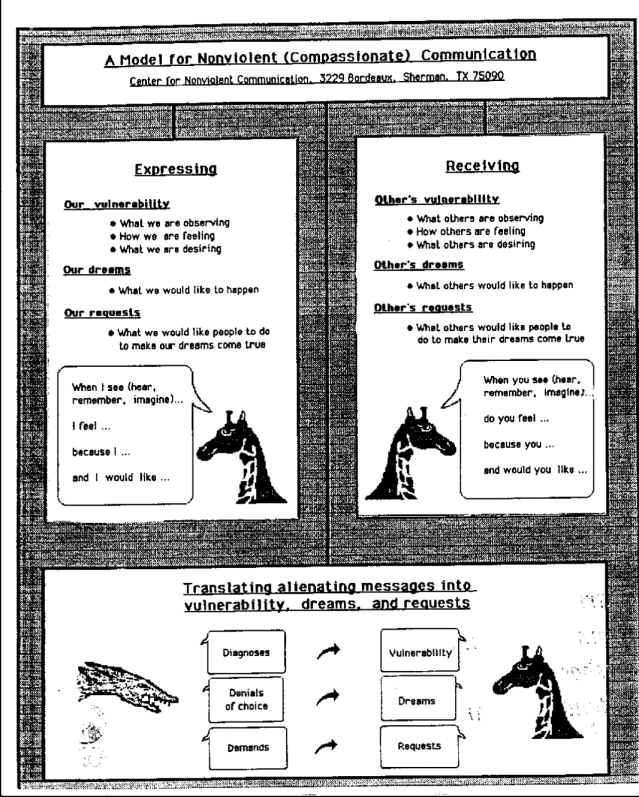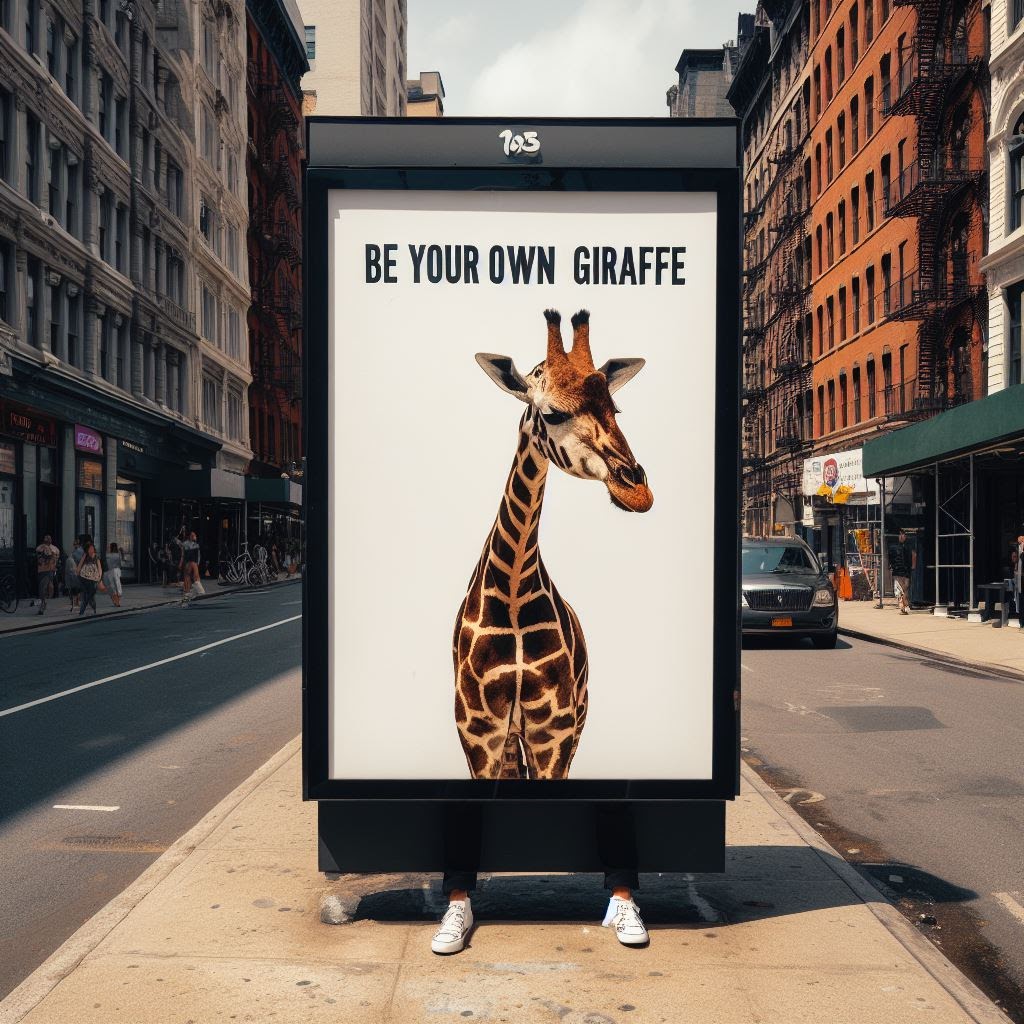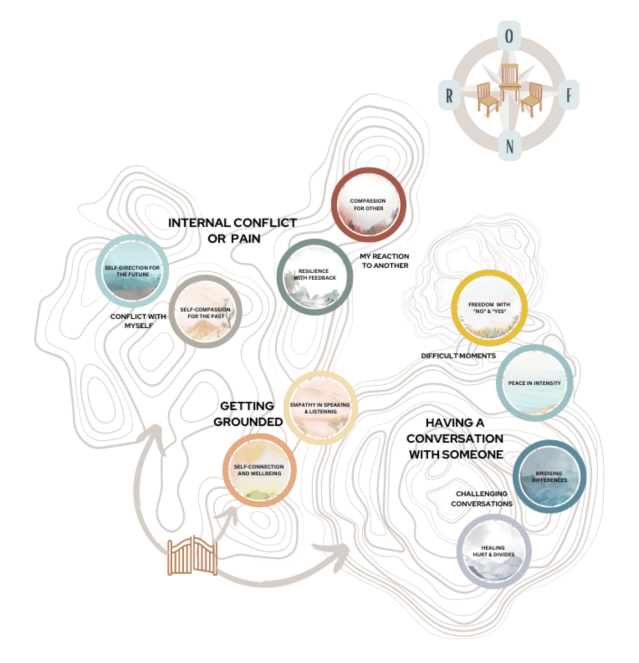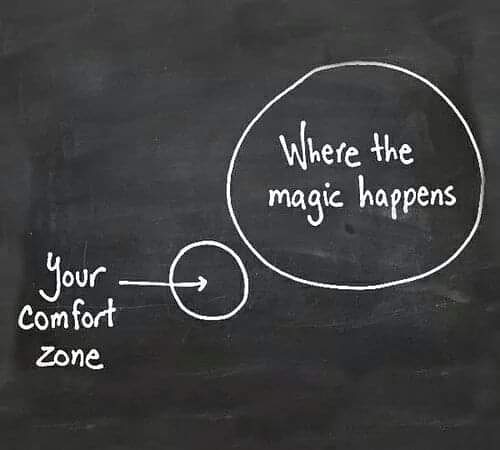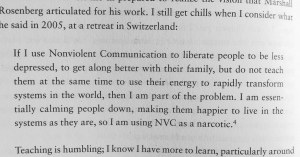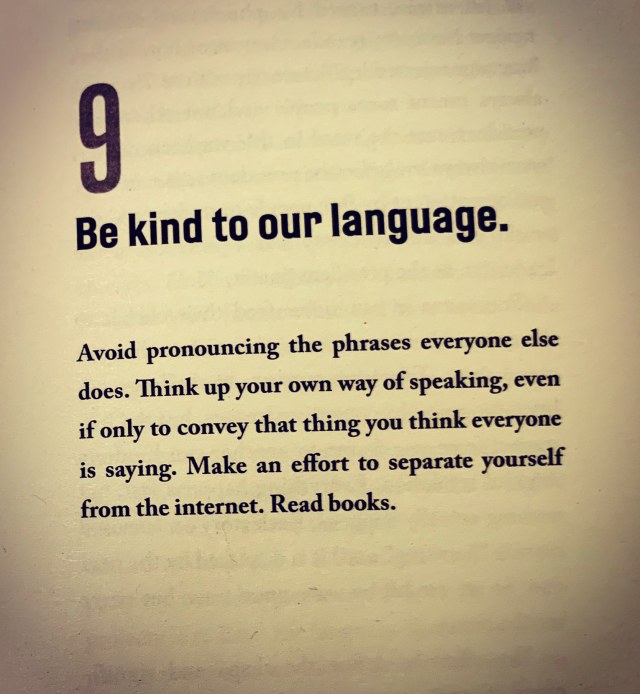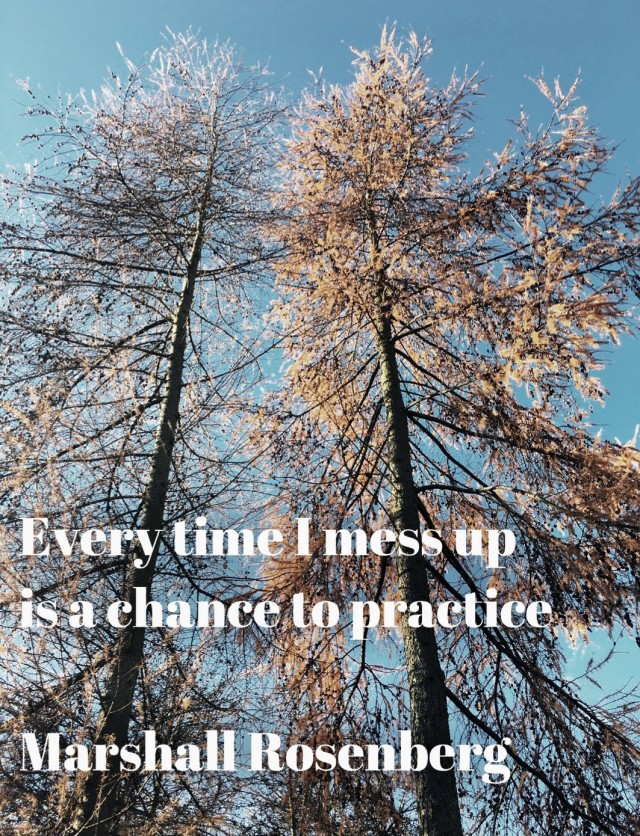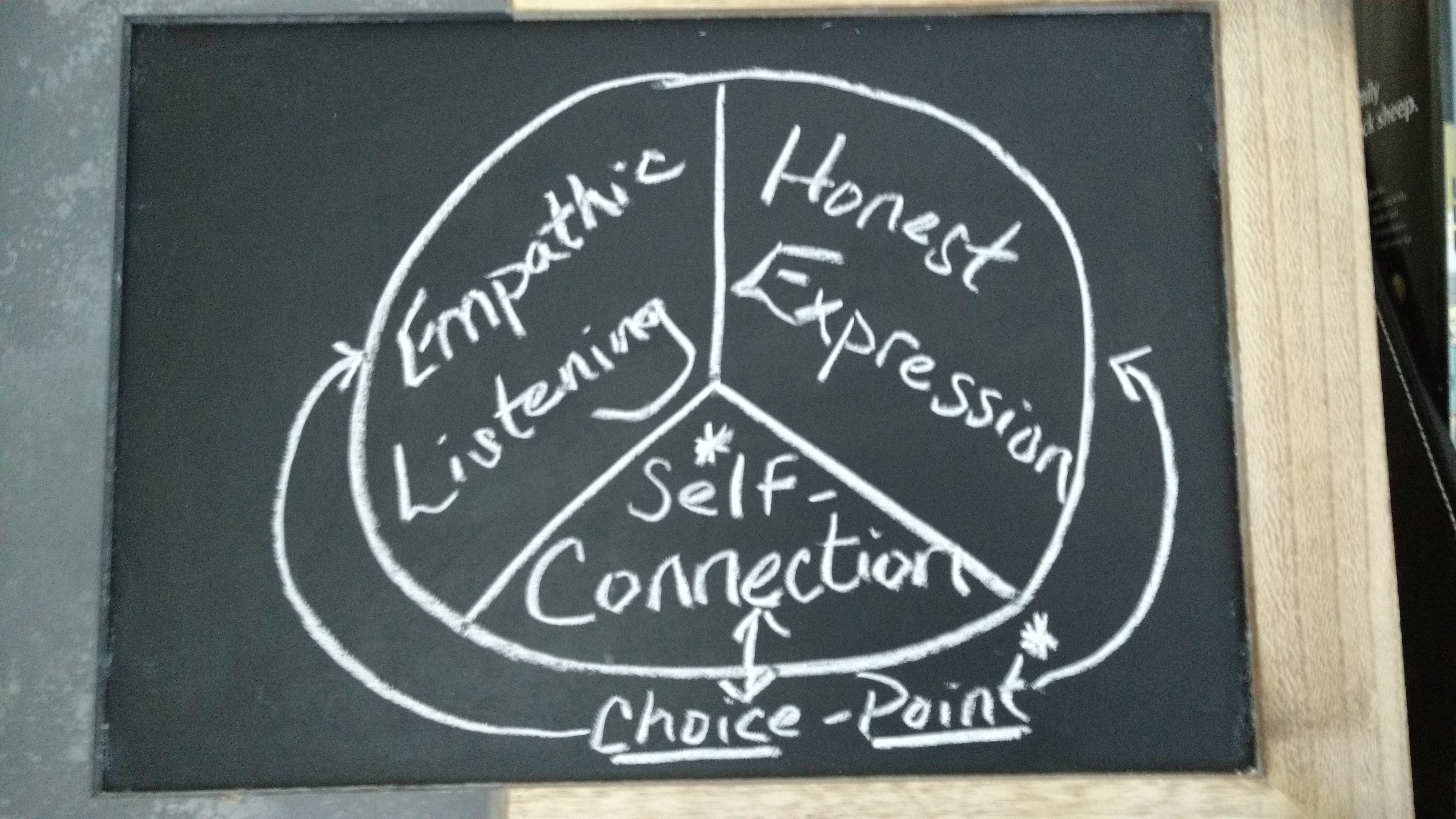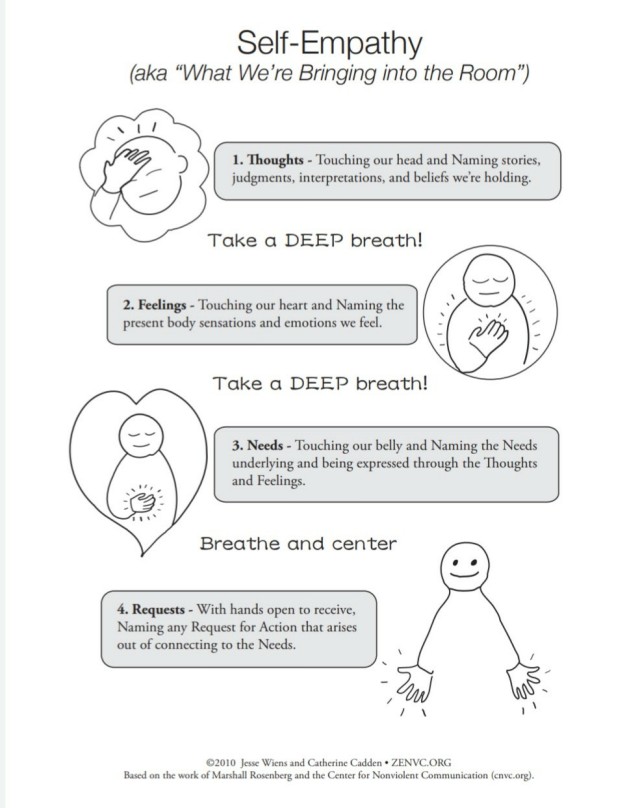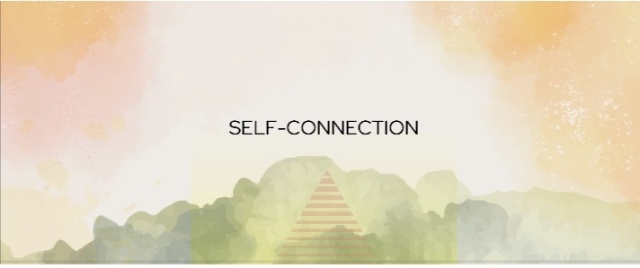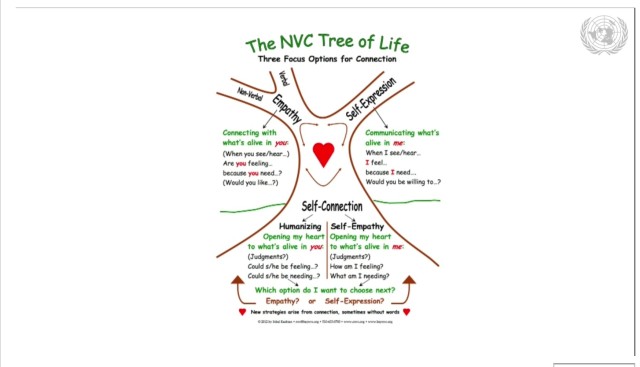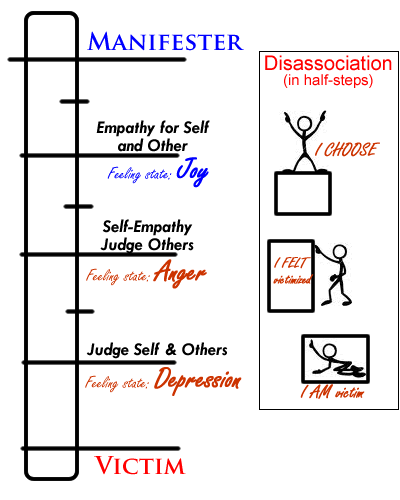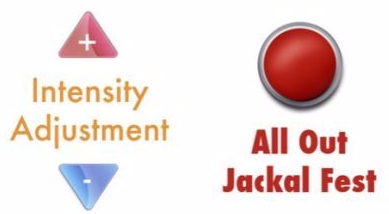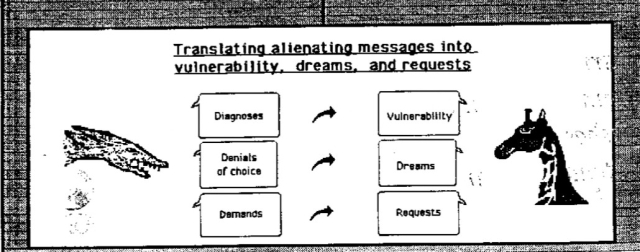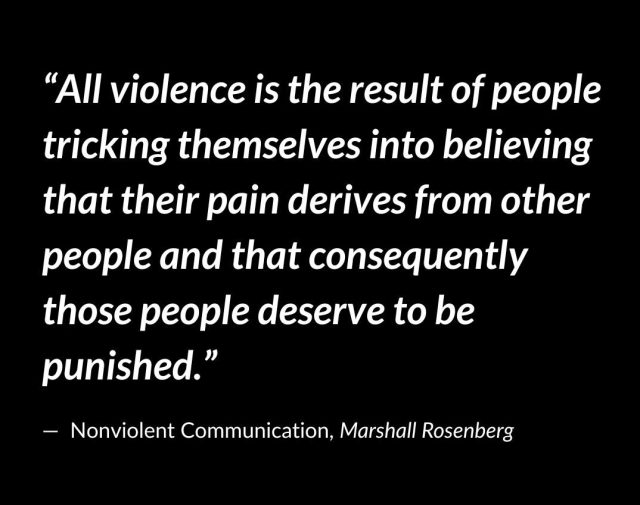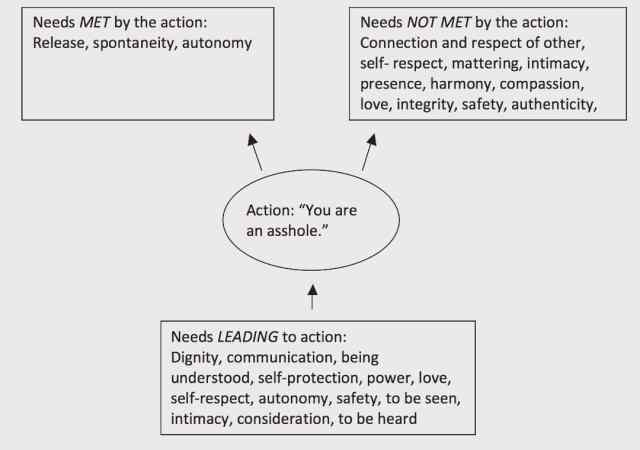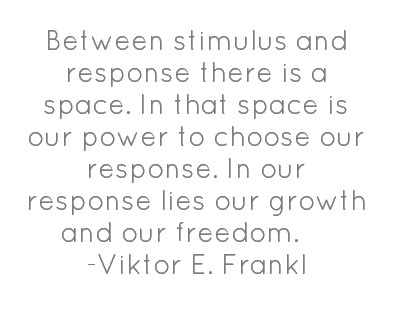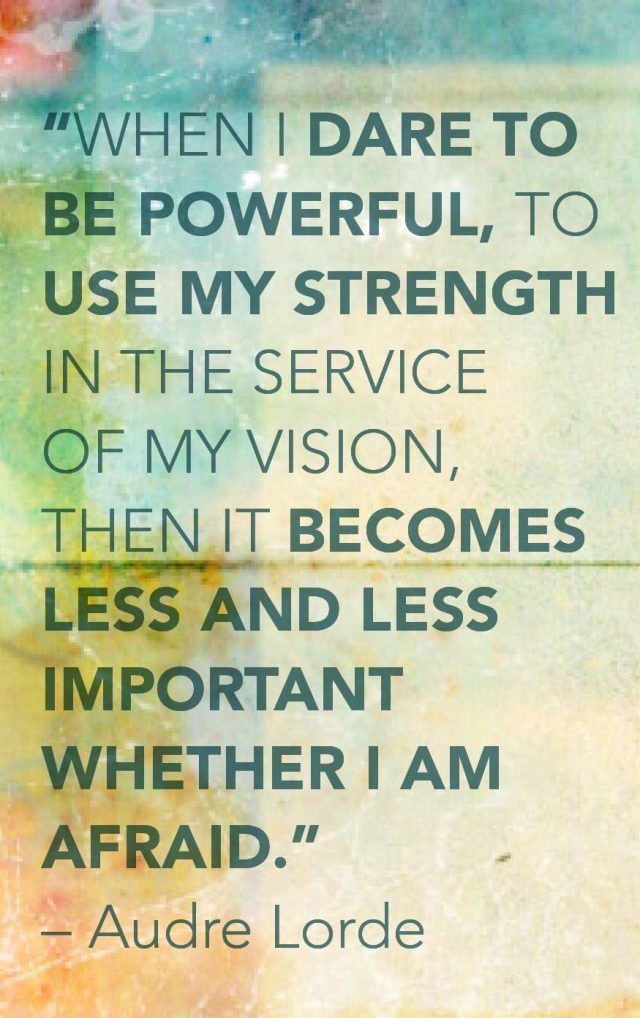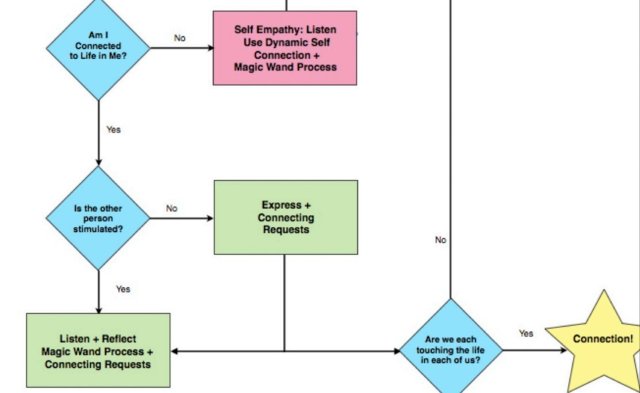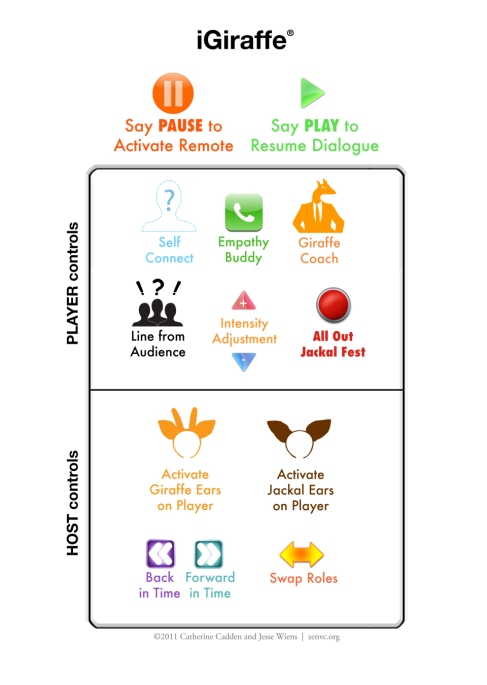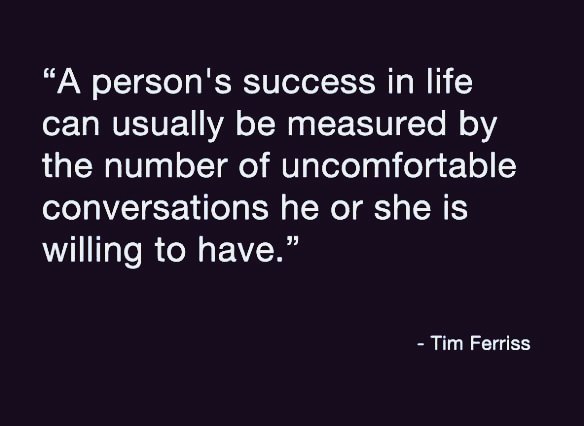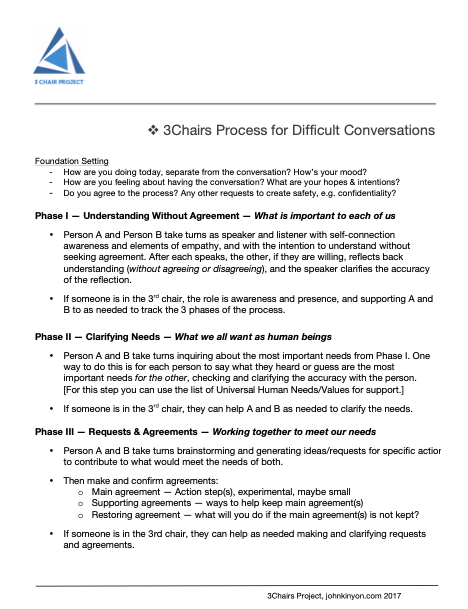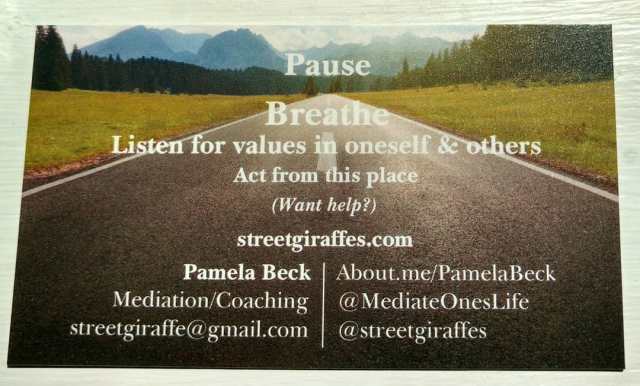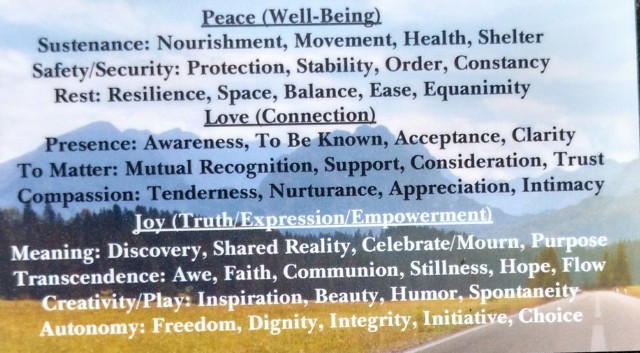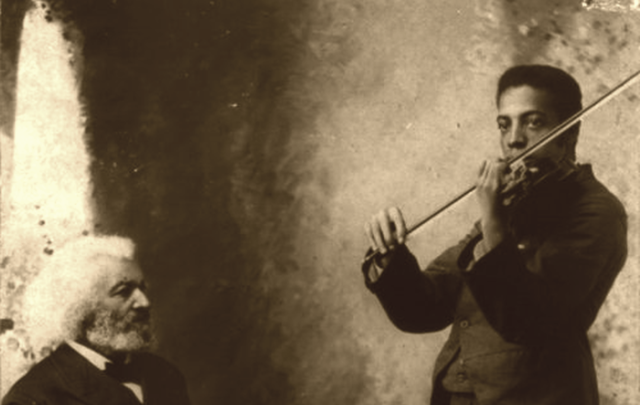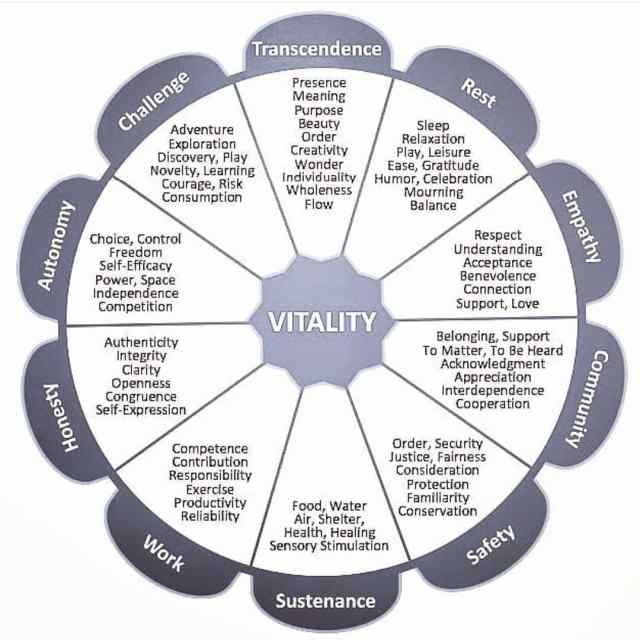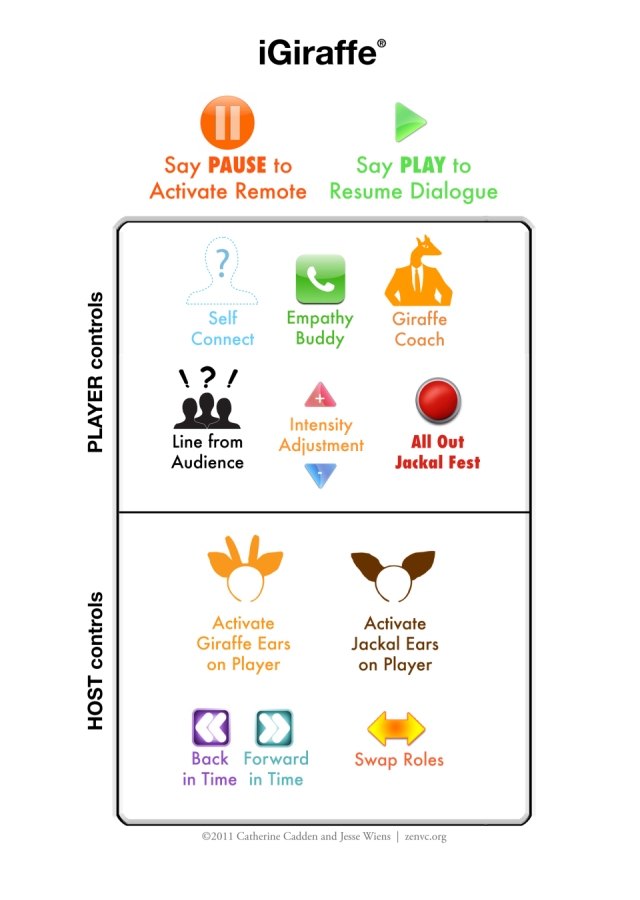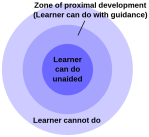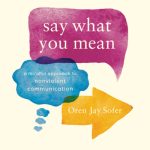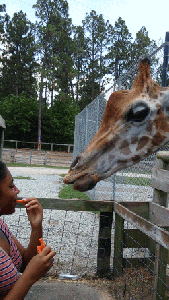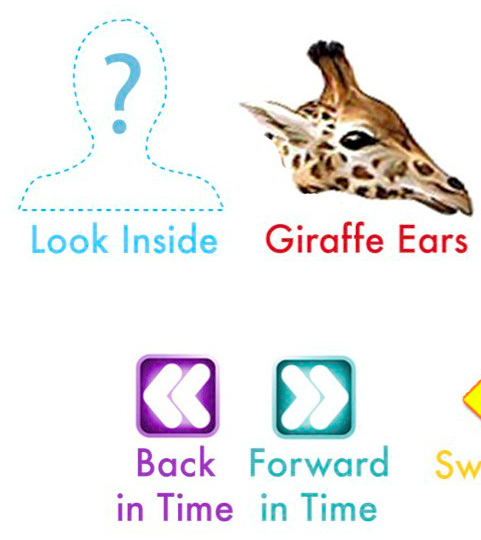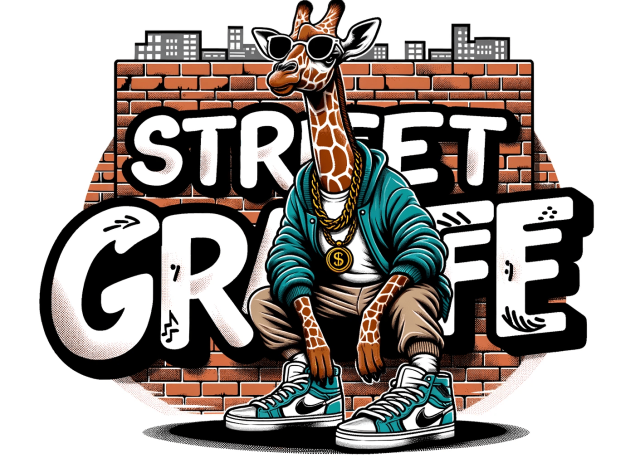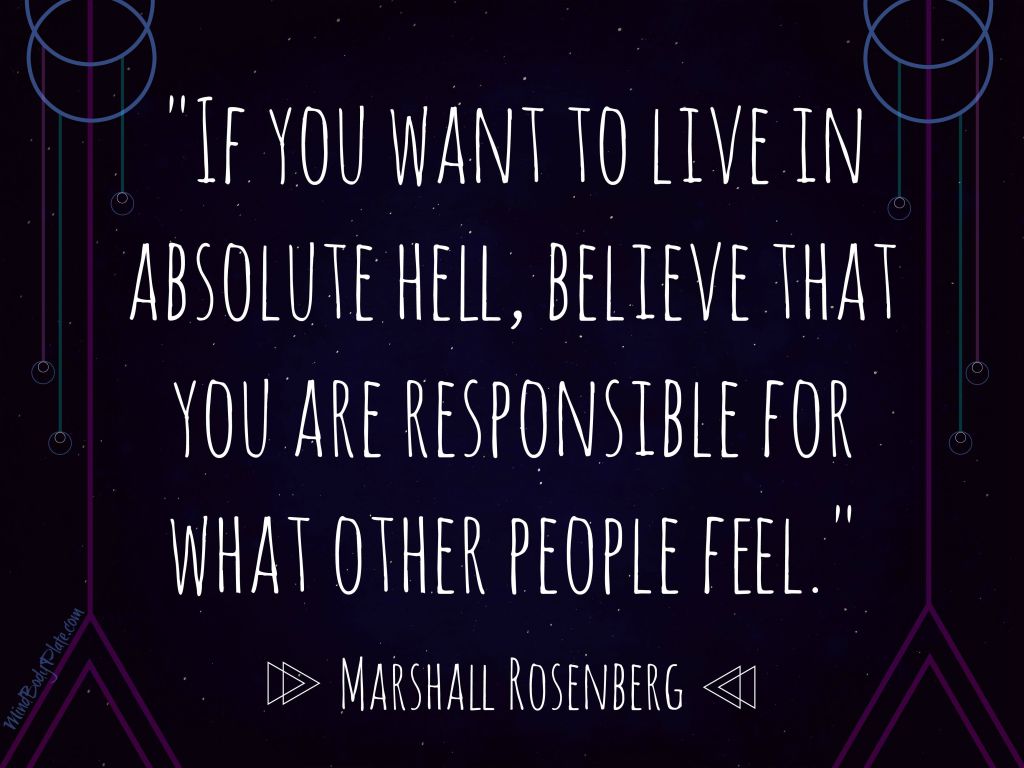 Sven Hartenstein’s cartoons
Sven Hartenstein’s cartoons
From the author, Piero Ferrucci, who begins his chapter on empathy, in a book titled Kindness, with this instrumental analogy:
“Although I am not a musician, I once had the opportunity to hold in my hands an exquisitely made violin dating to the eighteenth century. What amazed me, even more than its harmonious lines or the beautiful grain of its wood, was that, holding it, I could feel it vibrate. It was not an inert object. It resonated with the various sounds that happened to resonate around it: another violin, a tram passing in the street, a human voice. If you hold an ordinary, factory-made violin, that just doesn’t happen. There can be hundreds of sounds around it and the violin remains numb. In order to obtain that fine sensitivity and extraordinary resonance of the old violin, the makers had to had an exceptional knowledge of wood and its seasoning; they were supported by the artisan tradition of generations, and they were endowed with the talent of cutting the wood and furnishing the instrument. This marvelous responsiveness is an active virtue. It is the capacity of the violin to enter into resonance, and it goes hand in hand with its capacity to create sound of extraordinary quality — music with a soul, able to move and to inspire. We human are, or at least can be, like that violin.”
See also: Three Layers of Empathy
Empathy Guessing Demystified – Work Collaboratively | Dian Killian
Empathy Guessing Demystified
By Dian Killian, PhD
When I was new to NVC and first experienced empathy, I was in awe. How could someone know so deeply what I was feeling? Empathy was so simple and powerful it seemed like magic—or at least telepathy.
As magical, it also seemed beyond my understanding. I recall thinking one day after a training, “I don’t think I’ll ever know what I’m feeling and needing!”
Today, as a CNVC Certified Trainer, I am grateful to see this “magic” at work daily for individuals, groups, and organizations. Yet while still powerful, empathy is no longer a mystery. I “cracked the code” and want to share with you some precepts (based on the consciousness of mindset of NVC) and some basic steps (based on what I call the “semantics of empathy”) that can help make empathy guessing like second nature.
First Principle of Empathy (intention):
NVC is about bringing our focus towards what we want to experience (what will make life more wonderful, as Marshall would put it). This is very different from what we usually get with judgments or blame—a focus on what’s wrong or what we don’t want.
If someone says, for example, “You never listen to me!” they probably have a need to be heard. If they say, “You’re so pig headed and stubborn,” they’re probably wanting openness, flexibility and mutuality. If you tell yourself, “I never follow through on things!” you may desire integrity for your words and actions or completion and effectiveness (what “following through” might give you).
In each case, the empathy guess is the opposite of the judgment—it’s the positive form of a negative assessment regarding what’s “wrong” or “lacking.” The next time someone is complaining or critical, see if you can listen with your “NVC ears” for what they are wanting—this will help you guess their feelings and needs.
Second Principle (form):
Another key concept in NVC that helps de-mystify empathy guessing is that needs are universal and so, by definition, abstract. Look at any word on the needs list—love, support, interdependence, choice, rest, etc—none of these you can pick up in your hands or hold. They are all experiences and—in terms of grammar, are abstract nouns. Judgments, thoughts, and evaluations are descriptive and so are in the form of adverbs and adjectives (modifiers).
Both principles can help with empathy guessing—since what we’re doing is looking for the positive (the opposite of the negative), and a quality on an abstract level.
Applying these Principles
Let’s see this in action. Say someone says, “He’s needy and dependent.” What would be the opposite, positive assessment? Probably that the person is “self-sufficient, independent, autonomous, resourceful or responsible.” If we make these characteristics abstract, we have needs: self-sufficiency, independence, autonomy, resourcefulness and responsibility.
Let’s look at a more examples:
If you tell yourself that someone or something is > You probably need:
Inconsiderate > Consideration
Incompetent > Competency
Difficult > Ease
Inflexible > Flexibility
Impossible > Hope/confidence or ease
Some judgments have little real meaning—for example, “You’re a jerk” or “That’s cool!” Words of this kind—that have a high level of moral judgment—are more expressions of intensity of feeling than the needs at play. Often, they come along with content words that do have needs in them.
For example, if someone says, “You’re impossible,” they might give next a more specific complaint (or imply in context): “You never take responsibility for your actions!” You might then empathy guess: “It sounds like you’re really frustrated and impatient—and wanting responsibility and awareness?” “Impossible” in this content could also be expressing exhaustion, and a desire for simplicity, flow and ease—or hope about change—in the relationship
Hoping these tips help you demystify empathy guessing and more easily share the “magic” of empathy with all those you meet! Remember in practicing a semantic-based form of empathy guessing (as always true in communication) that context is key. Also regardless of the words you use, what really matters in listening to others is your intention—bringing your heart, as well as your head, into how you understand and connect with others.
See more: https://workcollaboratively.com/blog
Resource: Chapter Three in the new Second Edition of Connecting Across Differences
If you have found this approach to empathy guessing helpful, you may wish to check out Chapter Three in the new Second Edition of Connecting Across Differences where this practice of semantic-based empathy guessing (based on the roots of words and their oppositions) is discussed in detail. There also are exercises that support you in practicing. Practice hearing what is beneath positive and negative assessments, i.e. taking note of which values may animate both empathic (emotive) expressions and the more content laden ones.
For more, peruse pg. 93 of the book beneath, titled the “roots and oppositions” exercise, which depicts how to decode the needs underlying judgments (see pages 91 and 92 – i.e. “Enjoy the Talking Head Show” – for further details).
Connecting Across Differences, 2nd Edition
Finding Common Ground With Anyone, Anywhere, Anytime
By Jane Marantz Connor, Ph.D. and
Dian Killian, Ph.D.
Table of Contents
Introduction
Chapter One

Beneath courtesy of Marianne Van Dijk – Cup of Empathy/YouTube Channel

Sven Hartenstein’s cartoons
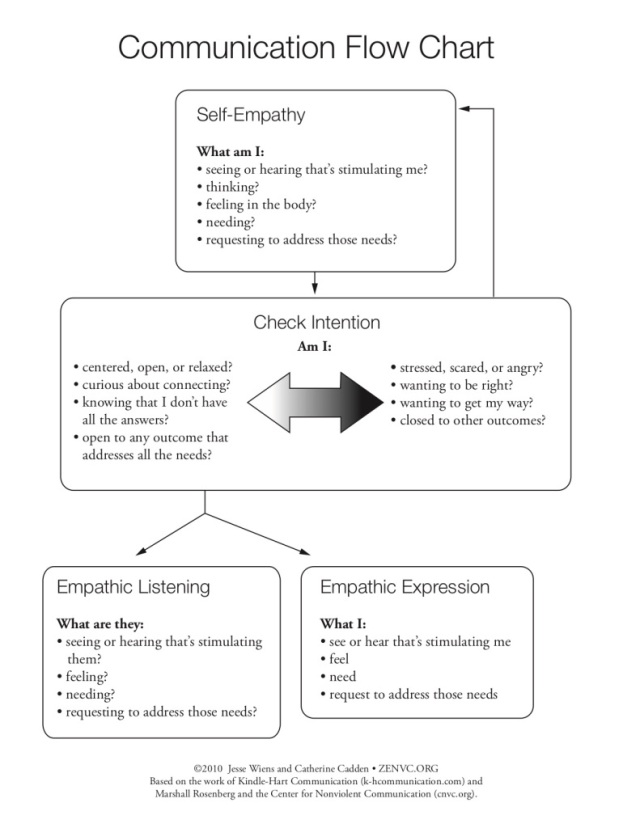
(Courtesy of ZENVC.org)



















